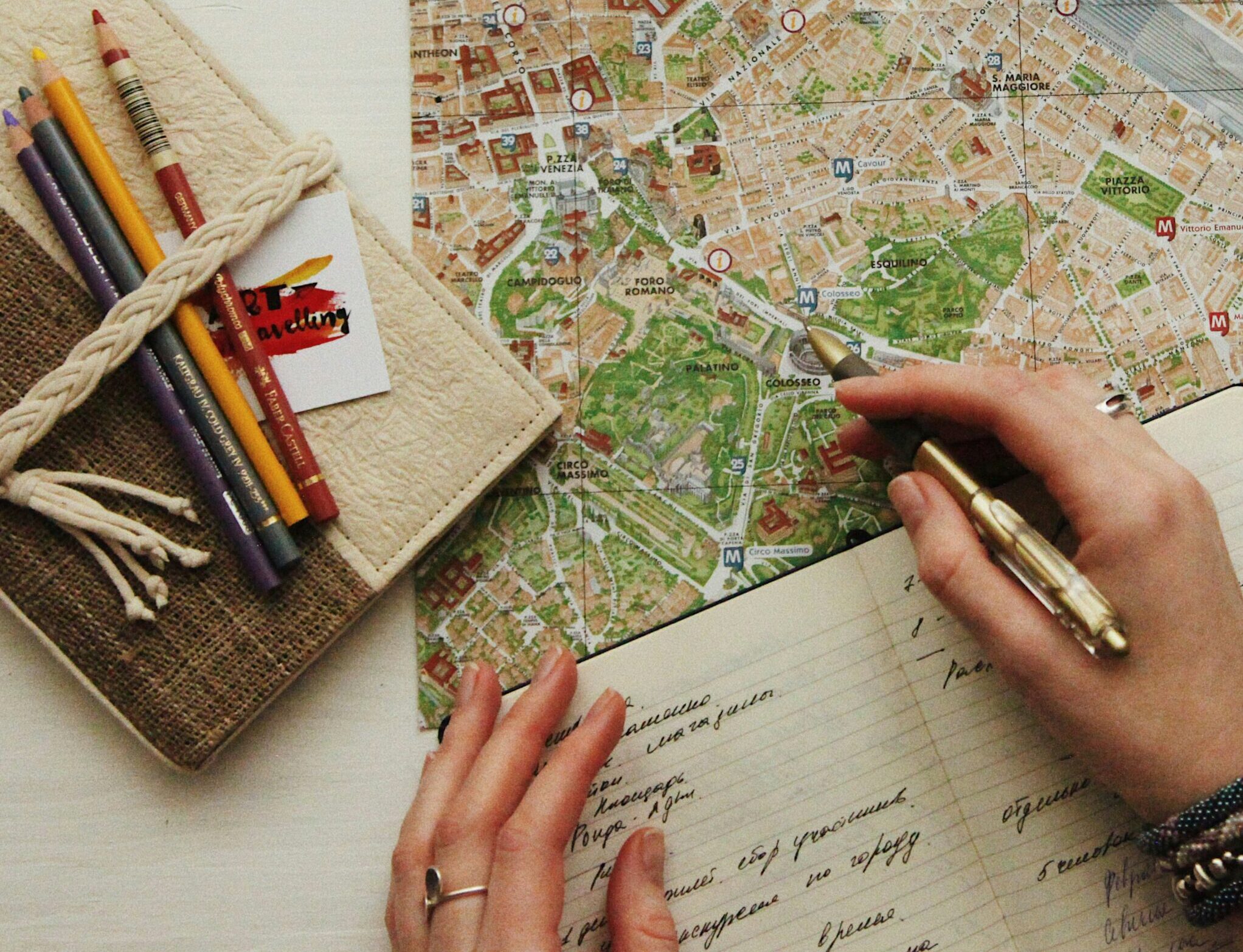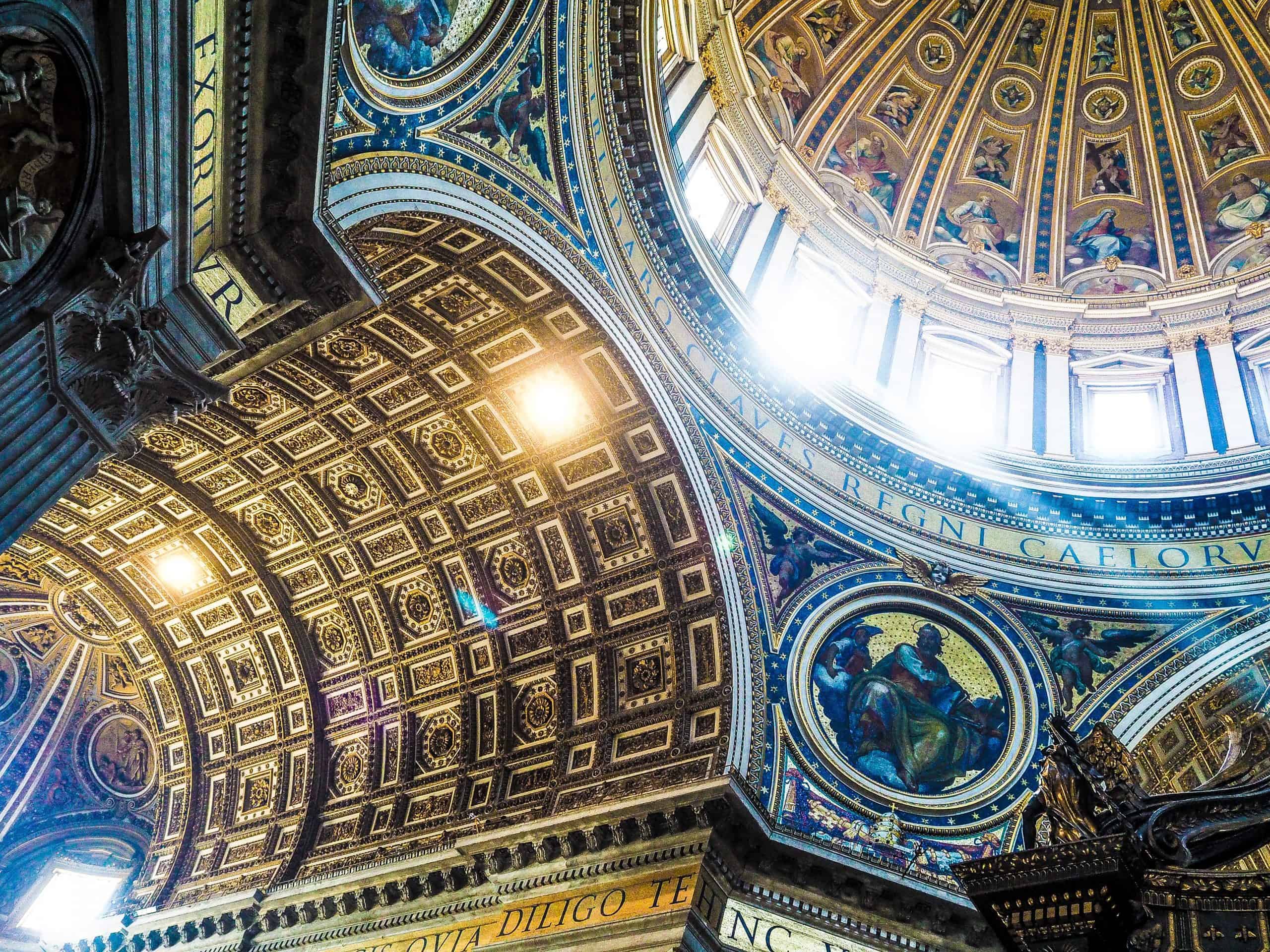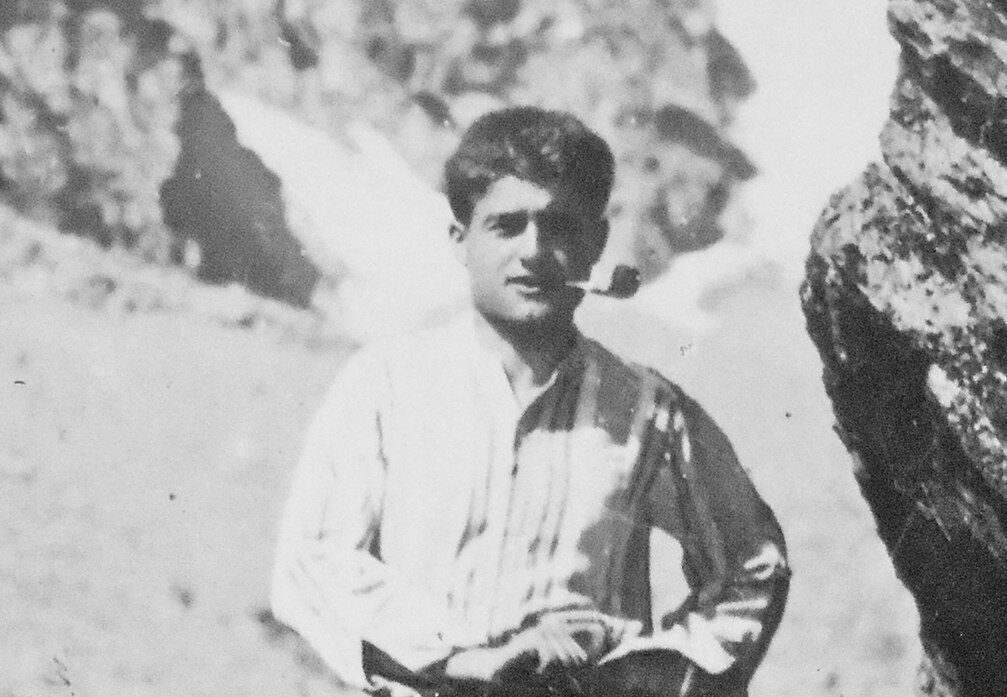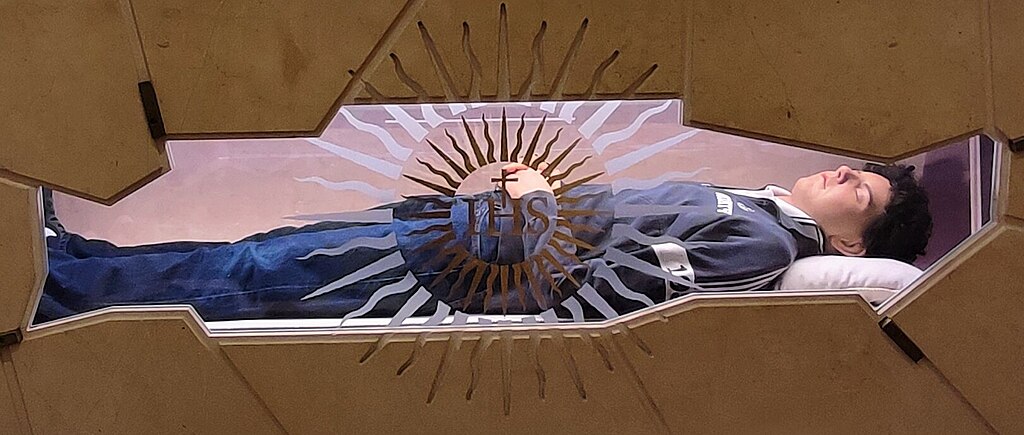Visiting the Tombs of the Apostles
Did you know that the tombs of six of the Apostles–seven if you count Paul!–are in Rome? Pilgrims have traveled to Rome for centuries to pray at the tomb of the saints. Just as we would visit the tombs of our loved ones, visits to the tombs of Saint Peter and Saint Paul began from the moment they were buried by the early Christians after their martyrdom. Praying in the basilicas of Saint Peter at the Vatican and Saint Paul Outside the Walls at their tombs have always been the most important part of Holy Years.
The Holy Door
One of the hallmarks of a Jubilee Year are the Holy Doors at the ancient four basilicas of Rome: St. Peter, St. Paul, St. John Lateran, and St. Mary Major. These doors are main entrance doors to the basilicas, but are only open during Jubilee years. There is even a wall on the other side of Holy Door to St. Peter’s!
Traditionally, the Pope would symbolically break this wall when he ceremoniously opened the door for pilgrims. One of the most famous images of the Jubilee Year 2000 was the frail Pope St. John Paul II, kneeling in prayer at the opening of the door at St. Peter’s Basilica on Christmas Eve, 1999.
Walking through the door is an outward sign of the pilgrim’s inward journey of faith, from trespass to reconciliation, sin to grace, death to life. Pilgrims who pass through these doors, as a sign of interior conversion with a spirit of repentance will be granted a plenary indulgence.
John Paul II said, “To focus upon the door is to recall the responsibility of every believer to cross its threshold. To pass through that door means to confess that Jesus Christ is Lord; it is to strengthen faith in him in order to live the new life which he has given us. It is a decision which presumes freedom to choose and also the courage to leave something behind, in the knowledge that what is gained is divine life” (Incarnationis Mysterium).
(See also Ps 118:19-20, Mt 16:18-19, Rev 4:1, 3:20-21, Luke 13:23-25, John 10:1-18)
Jubilee Days
In addition, the last several Jubilee Years have featured special events and meetings with the Holy Father for particular groups of people at various times throughout the year, for example, for young people, catechists, deacons, or families. You can find the schedule for the 2025 Jubilee and these special dates here.
Verso will be traveling to Rome for a number of these special events! Interested in joining us? You can find more information here.





